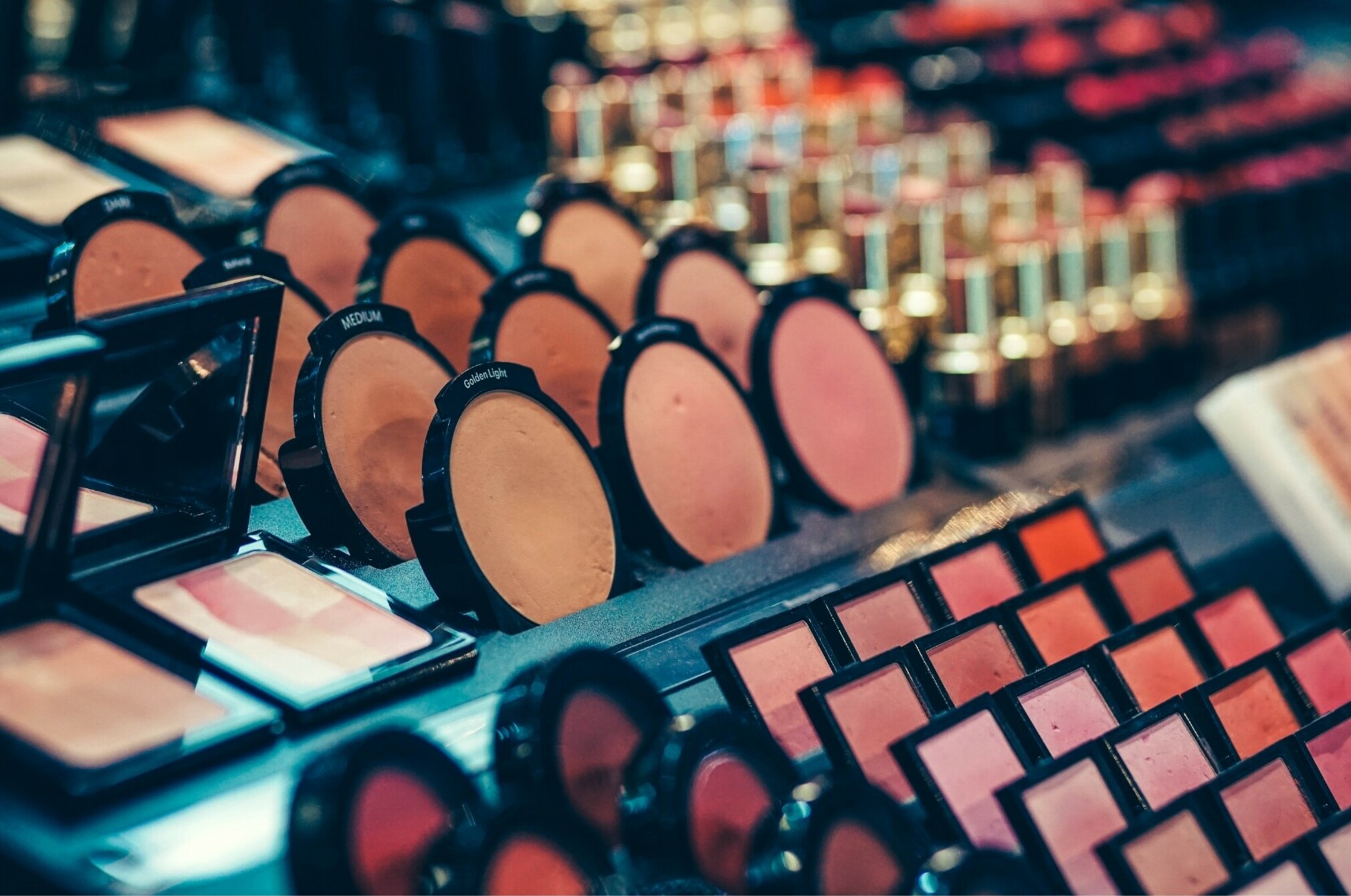Do your cosmetics contain lead, cadmium or mercury?
We test 25 lipsticks and 15 bronzers to find out.

My make-up routine is quick and easy. A bit of lippy and a brush of bronzer, and I’m good to go. I’m also not a splurger, preferring to buy cheaper products over high-end brands. But how safe are cheap cosmetics?

Here at Consumer, we’re regularly asked whether cosmetics contain dangerous levels of lead and other heavy metals.
Overseas studies have found detectable levels of lead in cosmetics, particularly in red or dark-coloured lipsticks. In 2007, American advocacy group Campaign for Safe Cosmetics tested 33 red or dark-coloured lipsticks and found 20 contained levels of lead, ranging from 0.03 to 0.65 parts per million (ppm).
This prompted further testing commissioned by the United States Food and Drug Administration. It tested 400 lipsticks and found lead levels up to 7.19ppm. That’s not high enough to be a health risk, but it got us wondering what the levels of lead and other heavy metals are like in cosmetics in New Zealand.
We tested 25 lipsticks and 15 bronzers for the presence of lead. We focused on cheaper brands ranging in price from $2.50 to $34 and included several products from discount stores.
We found lead in 10 lipsticks and all 15 bronzers we tested. But none had levels high enough to be worried about. We also tested for the presence of cadmium and mercury. We only detected these metals in six products, but even there the levels were very low.
However, we found products that failed to meet basic labelling requirements.
Heavy metals in cosmetics
Lipsticks and bronzers contain coloured pigments. Many of these pigments are naturally occurring minerals that come from the ground and because heavy metals, such as lead, cadmium and mercury, also occur naturally in the earth, they can tag along with pigments into the cosmetic product.
It’s the level of heavy metals (especially lead) that can be a safety concern. Frequent exposure to even small amounts of lead can be dangerous. It’s difficult for the body to excrete lead and, over time, the metal can build up to toxic levels and harm health.
You can be exposed to the metals in lipstick mainly by swallowing the substance, such as when you lick your lips. From bronzers, lead can be absorbed into the skin.
In New Zealand, cosmetics are regulated by the Environmental Protection Authority under the Cosmetic Products Group Standard. The standard limits the presence of the heavy metals we tested to trace levels that are considered “technically unavoidable in good manufacturing practice”, but it doesn’t state a regulatory limit.
Health Canada and the United States Food and Drug Administration both have guidance stipulating that lead levels in cosmetics shouldn’t exceed 10ppm. Both organisations also advise limits for mercury (1ppm) and Health Canada has limits for cadmium (3ppm). None of the products we tested had levels higher than these limits.
Labelling requirements
Under the Cosmetic Products Group Standard, cosmetics are only permitted to contain certain colouring agents or pigments. A product’s ingredients must be included on the product label, outer container, package insert or a leaflet at the point of sale.
Most of the products we tested included an ingredients list on the packaging – although in some cases you’d need a magnifying glass to read it! No list contained any banned pigments.
However, eight products did not provide ingredients information on their packaging.
So, we revisited the stores where we’d purchased these products.
At the discount stores we’d bought Baolishi, Mels Cosmetics, Kylie Cosmetics and Yabaolian lipsticks from, the ingredients were displayed on the back of the display boxes, where it wasn’t easy to find.
However, Coral Colours Moisturising Lipstick, Mecca Max Powder Bronzer, Mecca Max Pout Pop Lipstick and Natio Lip Colour didn’t have this information at the point of sale. You’d need to check out these brands’ website for a list of ingredients.
Natio told us an ingredients list should be attached to the display stand and it would follow up with the store not displaying it.
Mecca told us staff can provide ingredients on request for all products.
Coral Colours told us this information was online.
The standard also requires that cosmetics state a batch code, to allow the manufacturer or supplier to identify when the product was made, and company information so the New Zealand importer or manufacturer can be contacted. This information was missing from a number of the products we tested.
Gayle Holmes, general manager compliance, monitoring and enforcement at the Environmental Protection Authority told us failure to follow the labelling rules can result in enforcement action.
“Over the past year, we’ve used a range of enforcement tools in respect of importers supplying low-cost cosmetics. We’ve inspected importers’ storage facilities to monitor compliance. A number of these cases are ongoing, and a focus on importers will be included in our coming year’s work programme.”
A 2022 Consumer investigation also found issues with face paints. Many failed basic labelling requirements, and some contained colouring agents that are not allowed or are restricted. Our investigation also led to a product recall.
About our test
We tested one sample of 25 lipsticks and 15 bronzers for the presence of lead, cadmium and mercury at an accredited laboratory. None of the products had levels that were a safety concern.
We also reviewed the product packaging to check compliance with the labelling requirements of the Cosmetic Products Group Standard.
Health NZ Te Whatu Ora funded our heavy metals testing as part of its ongoing efforts to understand and prevent lead poisoning.

Is lead lurking in your home?
Lead poisoning is a serious public health issue. We investigate where it might be hiding in your home, including in cosmetics and cheap tapware.
Member comments
Get access to comment